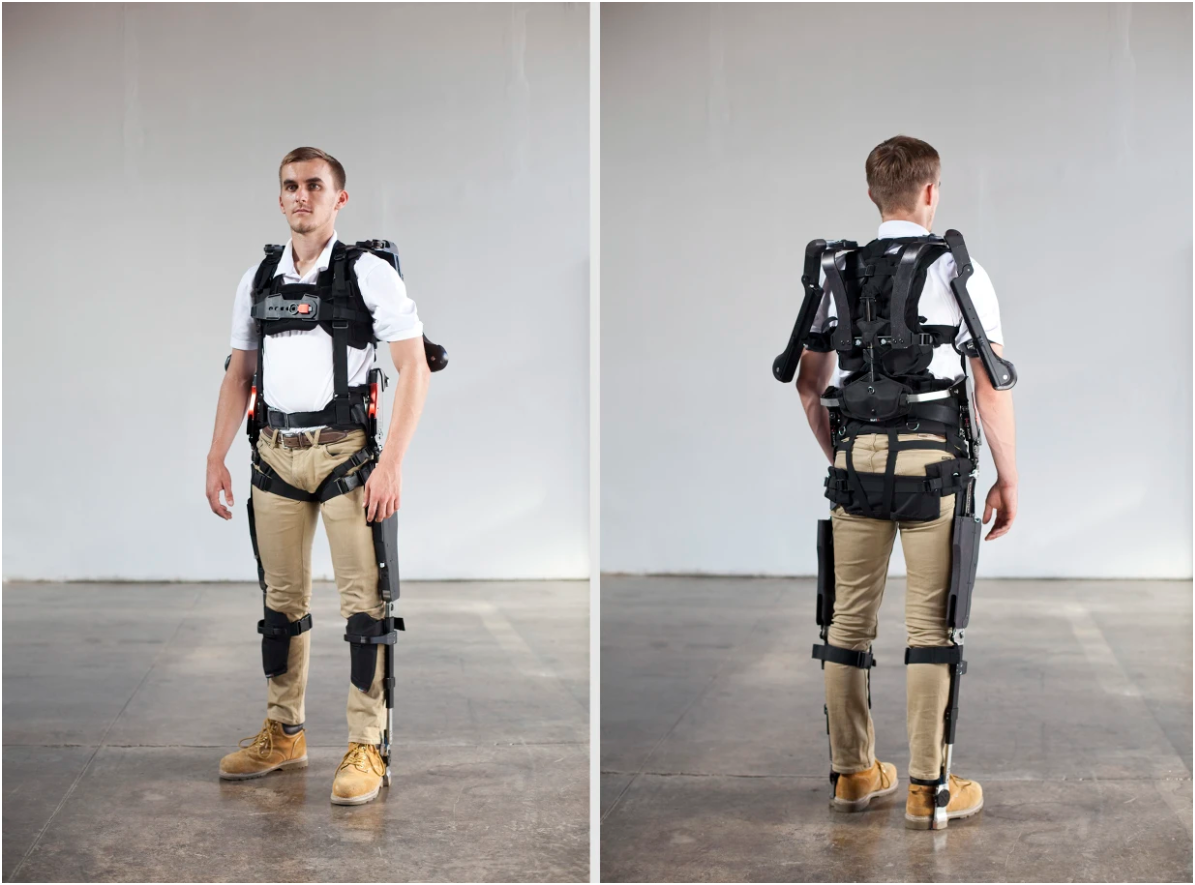In the realm of regenerative medicine, groundbreaking advancements are making it possible to grow and regenerate human tissues and organs in the laboratory. This intersection of regenerative medicine and bionics holds tremendous promise for revolutionizing healthcare by offering new avenues for treating injuries, congenital defects, and diseases that affect mobility and function.
Understanding Regenerative Medicine
Regenerative medicine focuses on harnessing the body's natural ability to repair, replace, and regenerate damaged tissues and organs using stem cells, biomaterials, and growth factors.

Growing Limbs in the Lab
Cutting-edge technology at the intersection of neuroscience and innovation, also known as brain-computer interfaces (BCIs), revolutionize the way humans interact with machines by enabling direct communication between the brain and external devices. By interpreting neural signals, BCIs translate thoughts into actionable commands, opening avenues for advancements in healthcare, communication, and daily technology use.
Applications and Future Directions
Recent breakthroughs in neural interface technology have been remarkable. Innovations include high-resolution electrodes that can precisely record neural activity, wireless and implantable devices that enhance portability and integration, and the integration of machine learning algorithms that amplify the capabilities of these interfaces. These developments not only improve the control of prosthetic limbs but also facilitate rehabilitation after strokes and offer new communication avenues for individuals with severe motor disabilities.
Challenges and Considerations
The implications of neural interfaces extend beyond technical advancements to profound ethical and societal considerations. Issues such as privacy protection for neural data, ethical concerns surrounding invasive procedures, and ensuring equitable access to advanced technologies are critical as these innovations progress. Moreover, envisioning future directions involves exploring mind-machine integration to seamlessly merge human capabilities with technological interfaces, developing neuroprosthetics that provide sensory feedback, and even contemplating direct brain-internet connectivity.
Conclusion
In conclusion, the emergence of neural interfaces signifies a paradigm shift in human-machine interaction, promising to enhance human capabilities and quality of life significantly. Responsible and ethical integration of these technologies will be paramount as society navigates the transformative impact of neural interface technology in the foreseeable future.